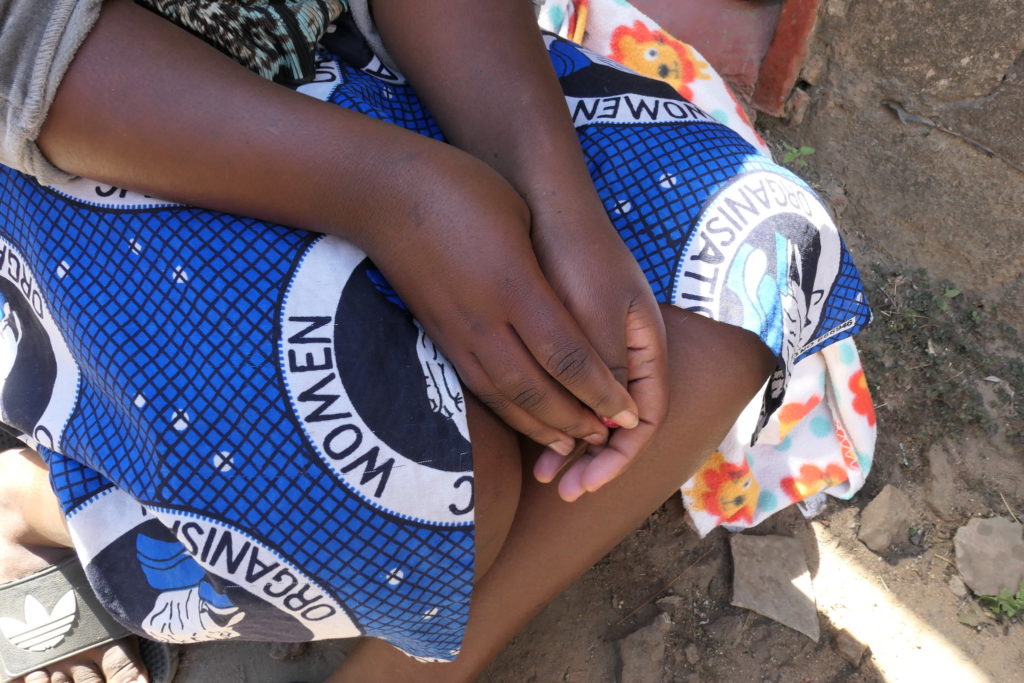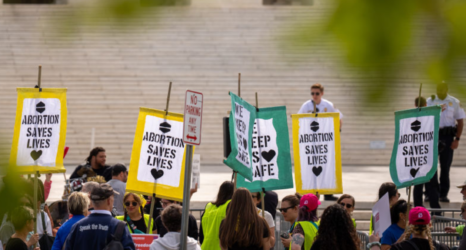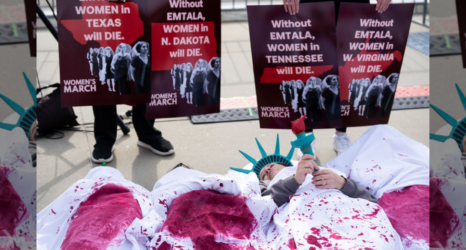A new study in the medical journal The Lancet has confirmed, with strong evidence from three quarters of a million women, what I and many others have known for a long time: Restricting abortion access actually leads to an increase in abortions.

The study showed that a 1980s decision by the United States to deny foreign aid to any organization that even provides abortion counseling—groups that also tend to provide safe contraception–increased the rate of abortions by about 40% in the countries studied, many of them in sub-Saharan Africa.
One problem is that limiting access to contraception increased the number of unwanted pregnancies. This was an entirely foreseeable outcome of what has become known as the global gag rule, or Mexico City Policy, as it was first announced in 1984 at a UN conference on population and development in Mexico City.
As one of the first and few abortion rights activists in Zimbabwe, a country that makes it extremely hard for women to obtain an abortion at a legitimate health facility, I have seen first-hand the impact of strict abortion laws on women, their families and our country as a whole. For many decades, women in the U.S. have been shielded from this reality—because the global gag rule was directed at foreign countries, and domestic laws in the U.S. were less restrictive.
Now, as the U.S. is steadily making it harder to for women to obtain safe abortion services, too, I thought I could share some lessons from my country, lessons that may make American politicians think twice before invoking their religious and moral views to justify their positions.
The first lesson: Strict abortion laws kill women, and the poor are disproportionately affected.
That’s because women continue to seek out abortions—and, just as the Lancet study shows, overall abortion rates can actually increase. But more women are forced to seek out illegal providers who employ unsafe procedures that have a high rate of dangerous, potentially deadly complications, like hemorrhage and infections.
An analysis of the situation in Zimbabwe from experts at the Guttmacher Institute found that a total of 66,800 abortions were recorded in 2016. Most of them were unsafe, and poor women were most likely to experience the worst complications. In Zimbabwe, the maternal mortality ratio is 651 deaths per 100,000 live births, one of the highest in the world, and unsafe abortions are the fifth-leading cause. In the U.S., states restricting access to abortion services also tend to already have relatively high rates of maternal mortality.
By forcing more women to seek out unsafe abortions, the situation is likely to get worse, with the poor suffering the most, just as they do in Zimbabwe. In fact, the world over, restrictive laws make access to safe abortions a class issue. In Zimbabwe, women who can afford it go to South Africa, where it is easier to legally obtain safe abortion services.
The second lesson: If you restrict abortions, be prepared for a high demand for health services to treat complications arising from the inevitable increase in unsafe abortions, and be prepared for the increased costs that this generates for the overall health system.
Earlier this year, the Zimbabwe Broadcasting Corporation reported on a man who was carrying out unsafe abortions in the high-density suburb of Mbare. Girls as young as 13 had procured unsafe abortions from what was basically a backyard abortionist. Complications included bleeding, infection, sterility and even death, and the cost of treating them was borne by the public health system.
Zimbabwe has put in place a post-abortion care program where women who have unsafe abortions can get treatment for complications. It is good that we have such a program, but the better policy, from a fiscal and moral standpoint, is to give women access to safe abortions. The cost of treating someone who has had an unsafe abortion is much higher than offering a safe abortion. A study done in our neighboring country of Zambia proves this. Women who sought a safe abortion incurred the lowest overall costs ($52.60 USD), and women who sought post-abortion care following an unsafe abortion had to pay over 50 percent more ($82.40 USD).
The third lesson: anti-abortionists need abortions too.
In my advocacy work, I have come across more than 50 women who are known to be abortion opponents seeking out abortion services, either for themselves or their daughters. It is only when someone is faced with a difficult situation that they appreciate the need for safe abortion services. One young woman I knew had been accepted to study abroad, an opportunity that would change the trajectory of her life and her family’s life. All of her expenses had been paid when she discovered she was pregnant. She came to me with her mother, who I knew to be strictly anti-abortion. I referred her to travel to South Africa, where the laws would allow her to get a safe abortion, and her daughter was able to get the safe abortion and proceed with her education.
The evidence is clear. Restricting access to abortions has the perverse effect of increasing both the overall number of abortions and the number of unsafe abortions. I’ve seen this in Zimbabwe, and the U.S. is now traveling down the same path.
It would be far better for women in both countries—and also, for people who want to reduce the overall number of abortions in the world—to ensure access to safe abortions for women who need them.





